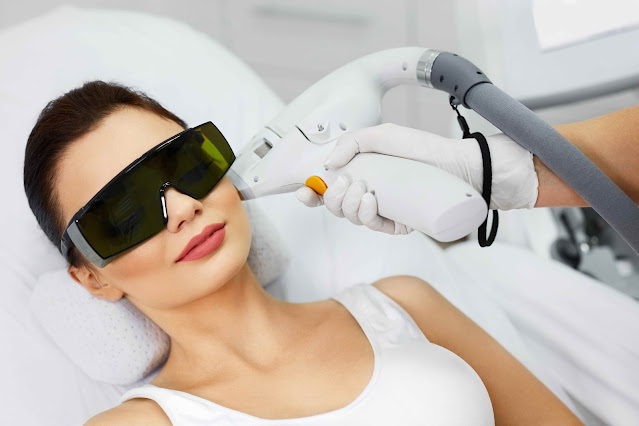What Are the Pros and Cons of IPL (Intense Pulsed Light)?
Dr. Ellen Turner at Texas’ Dermatology Office often recommends IPL (intense pulsed light) as a way to significantly enhance the overall appearance of the skin. Spring is the season when everything seems to come alive again. As the temperatures start heating up during this time of rebirth and awakening, skin can also often need a spring makeover.
Laser and light procedures help to restore and rebuild damaged skin in a way that wouldn’t be possible with topical skincare products alone. To maximize results from any kind of laser or light-based skin treatment, it’s important to get information on what specific device is being used and how it works to rejuvenate. Although many light and laser treatments work in similar ways, there are some major differences between them that patients should be aware of.
The best type of energy-based procedure for you depends on what types of concerns you hope to treat and what your goals are. See below for a basic guide to the pros and cons associated with IPL in comparison to laser treatments.
Highly Effective for Treating Spots, Wrinkles, and Unwanted Hair
The great thing about IPL is that it’s highly versatile and comprehensive. The same device can be used to address a wide range of skin irregularities on several skin types and tones due to the varying types of wavelengths it gives off. These include age spots, sun damage, freckles, melasma, rosacea, general facial flushing, birthmarks, varicose veins, broken blood vessels, acne, acne scars, and rosacea. IPL is ideal for improving areas of excess or uneven pigmentation or uneven skin texture.
Less Recovery Time
Since IPL is non-ablative—meaning it doesn’t actually remove the surface of the skin—there is less recovery time compared to laser skin resurfacing treatments and other types of more invasive cosmetic procedures. Patients can often go back to their normal activities right after having this treatment, and it is very low risk even in comparison to other light-based treatments.
Fast Treatments
Another advantage of IPL is how quickly sessions can be completed. The average treatment session can be completed in just 30 minutes on average, and since you can resume your usual activities right after, it’s often considered to be a “lunchtime procedure.”
Works Better on Some Skin Types
Melanin (pigment) is present in both hair and skin, which is why IPL may not work as well for some skin types. IPL generally is more effective on light and medium skin tones ranging from Fitzpatrick types I to III because unwanted side effects are more likely to occur on darker skin tones when the light hones in on and is absorbed by melanin. When it comes to IPL, it’s best if the darker areas stand out amid lighter surrounding skin. On darker skin, the light energy may target more than the intended treatment area. Complications are more likely to occur on skin that has been darkened with self-tanner. It’s still safe for patients with darker skin to have IPL, but it’s always better for anyone considering the treatment to go to a board-certified dermatologist who is experienced with using IPL, who takes extra precautions for this treatment, and who can recommend alternate options as necessary.
Multiple Treatments May Be Needed
While IPL treatments do lighten hyperpigmentation, one of the drawbacks of intense pulsed light is that patients often require a series of three to five or six sessions to achieve optimal results, whereas with laser skin resurfacing you can often get similar results with fewer treatments. The results from IPL continue to evolve after each treatment, and the best results will usually appear several weeks after your last session.
Get more advice and information about light-based treatments from the Dallas-based Dermatology Office of Dr. Ellen Turner. Call (214) 373-7546 or submit a contact form to schedule a consultation if you’re ready to find out more about what’s involved.


Comments
Post a Comment